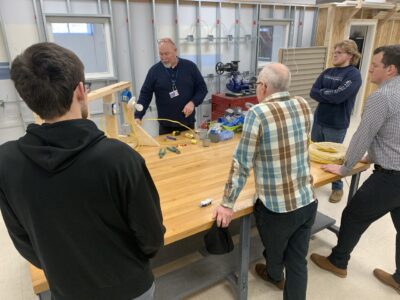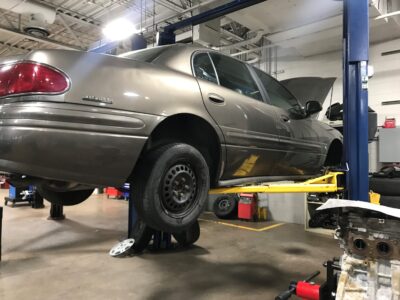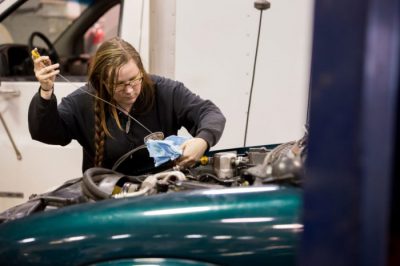Johnson College’s Continuing Education Program is currently enrolling students in its next Basic Maintenance course offered on the College’s Scranton campus. The course will be held on Mondays and Wednesdays from 4 p.m. to 8 p.m. beginning on July 10, 2023, to August 16, 2023, and cost $500.
This 48-hour non-credit certificate course is designed for individuals looking to enter the high-demand field of maintenance and repair. Students will learn basic maintenance and repair skills required in the upkeep of building and property systems. Instructional topics include areas such as tools, equipment, plumbing, electrical, carpentry, pest control, weatherization, and painting.
To learn more or enroll, visit https://johnson.edu/continuing-education/, call 570-702-8979, or email continuinged@johnson.edu.



